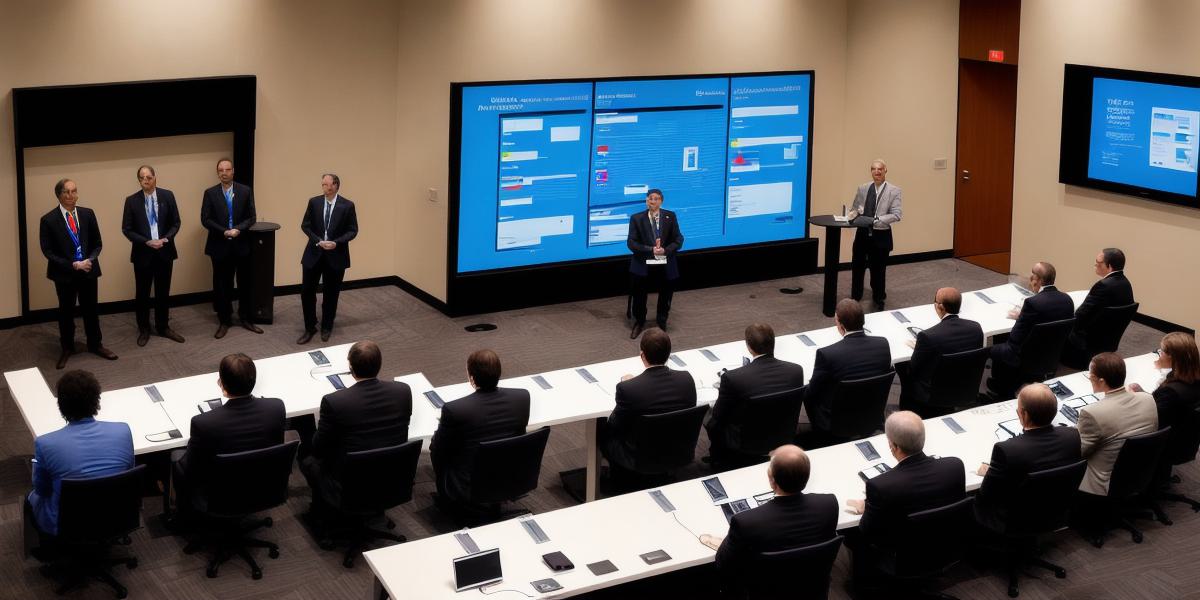Is Web 3.0 Already Here? Discovering the Truth

Web 3.0, also known as the decentralized web or dApps, is a new paradigm for the internet that promises to put users back in control of their data and online interactions. While some may think this is still a distant vision, the reality is that Web 3.0 technologies are already here and being used by millions of people around the world.
One of the key features of Web 3.0 is decentralization, meaning that instead of relying on centralized servers or intermediaries to manage data and transactions, users can interact directly with each other through smart contracts and other decentralized applications (dApps). This has a number of important implications for privacy, security, and efficiency.
For example, by using blockchain technology to store and manage data in a decentralized manner, Web 3.0 applications are able to provide users with much greater control over their personal information. Instead of relying on third-party intermediaries like Facebook or Google to collect and store their data, users can choose to share only the information they want to with whom they want to, and have the ability to delete that information at any time.
In addition, Web 3.0 applications are able to provide greater security and efficiency by eliminating the need for intermediaries in many transactions. Instead of relying on centralized servers to verify transactions, Web 3.0 applications use smart contracts to automate and enforce the terms of agreements between users. This can greatly reduce transaction costs and speeds up the process of completing a task.
There are already many examples of Web 3.0 applications that are being used by millions of people around the world. One well-known example is Cryptokitties, a blockchain-based game that allows users to buy, sell, and breed digital cats. Another example is OpenSea, an open marketplace for non-fungible tokens (NFTs) that is built on the Ethereum blockchain.
It’s important to note, however, that Web 3.0 is not a one-size-fits-all solution. Each application will have its own strengths and weaknesses, and users should carefully consider the specific needs of their use case before deciding whether Web 3.0 is the right approach for them.
In conclusion, Web 3.0 technologies are already here and being used by millions of people around the world. While there are certainly challenges to overcome, the potential benefits of this new paradigm for the internet are enormous and we can expect to see continued growth and development in the years to come.
FAQs:

* What is Web 3.0?
Web 3.0 refers to the decentralized web or dApps, which use blockchain technology to enable users to interact directly with each other through smart contracts and other decentralized applications (dApps).
- What are some examples of Web 3.0 applications?
Some examples of Web 3.0 applications include Cryptokitties, OpenSea, and Decentraland. - What are the benefits of using Web 3.0 technologies?
Web 3.0 technologies offer greater control over personal information, increased security and efficiency by eliminating the need for intermediaries in many transactions, and the ability to provide users with a wider range of use cases.








